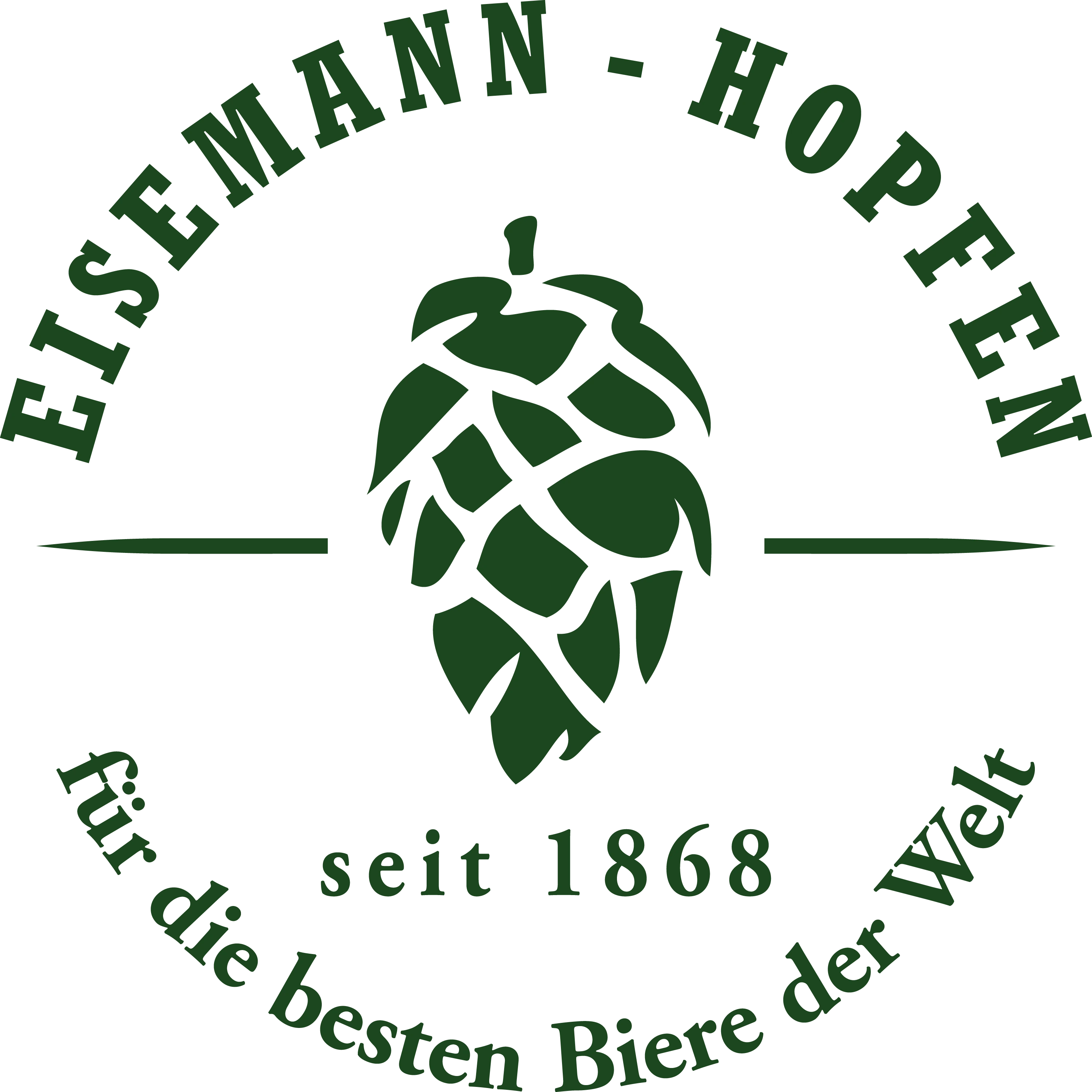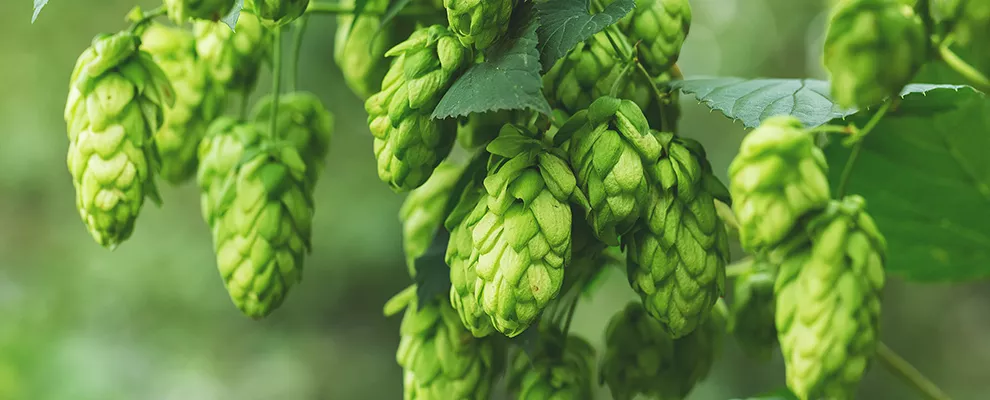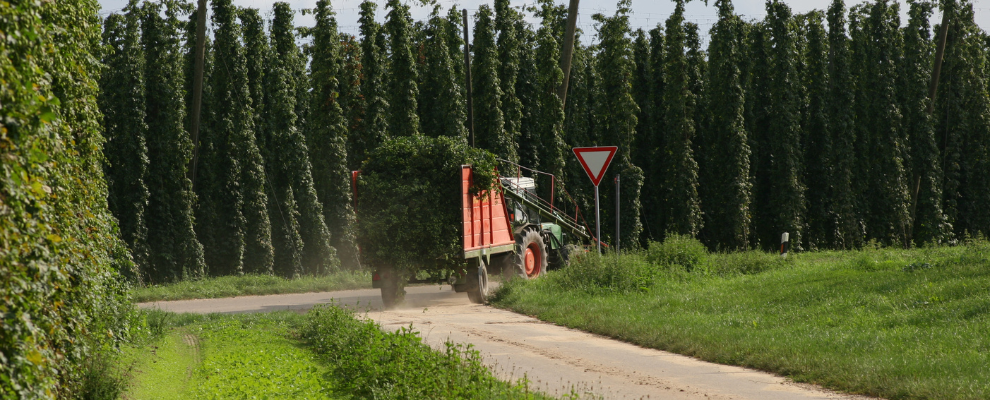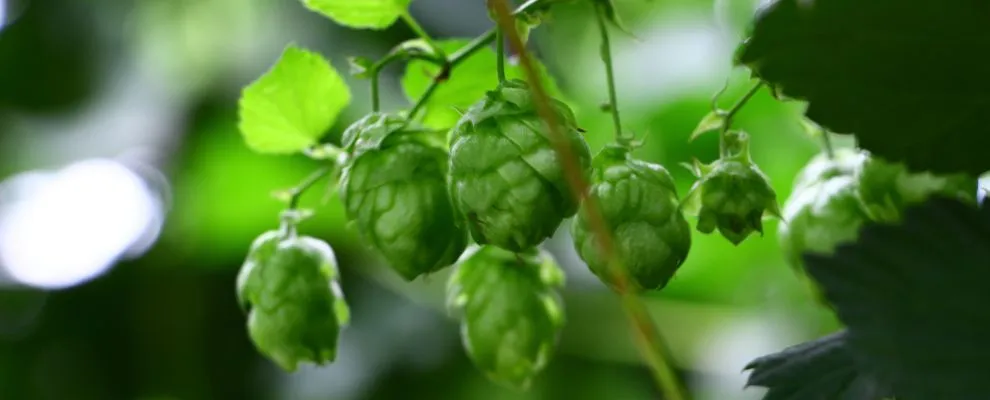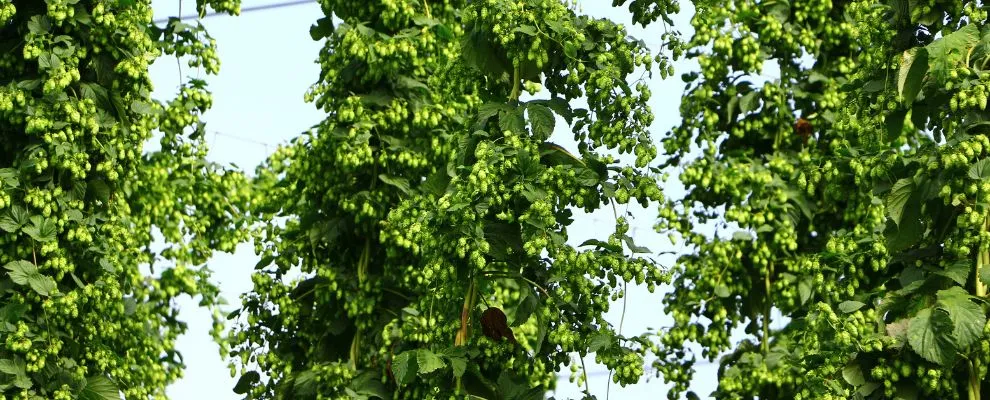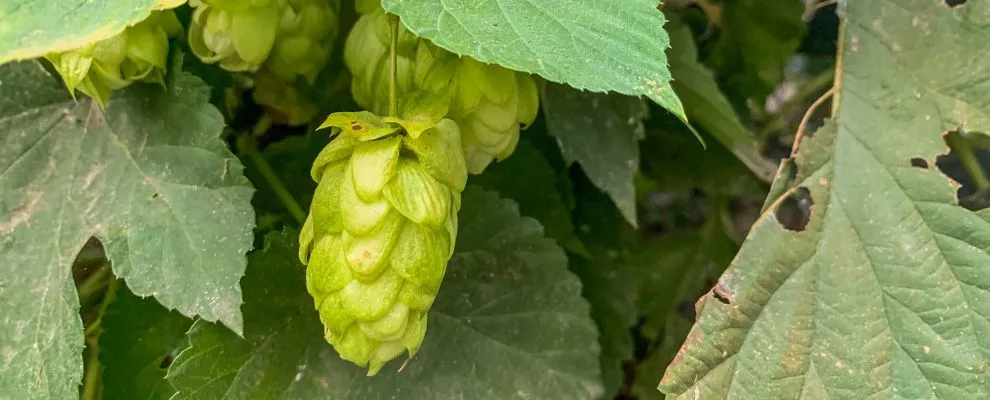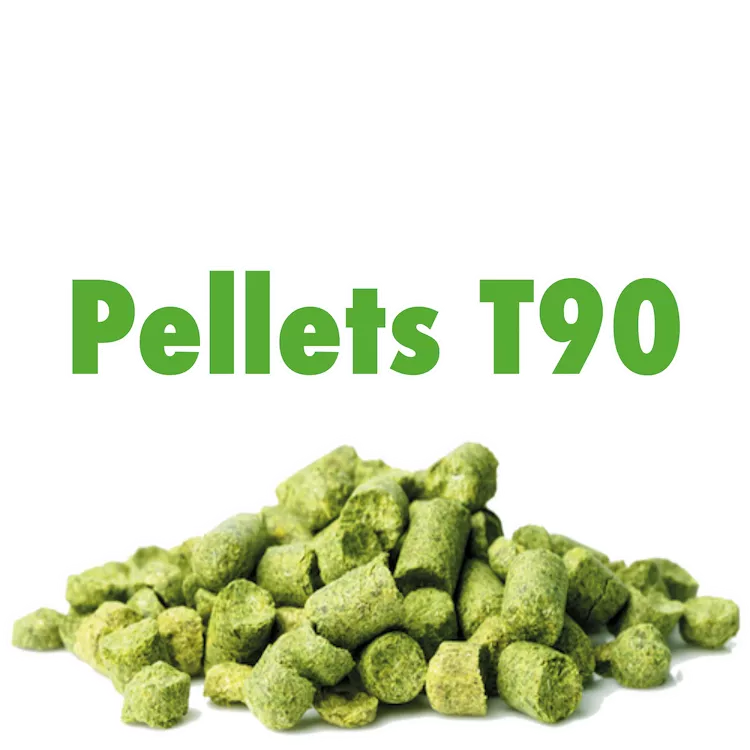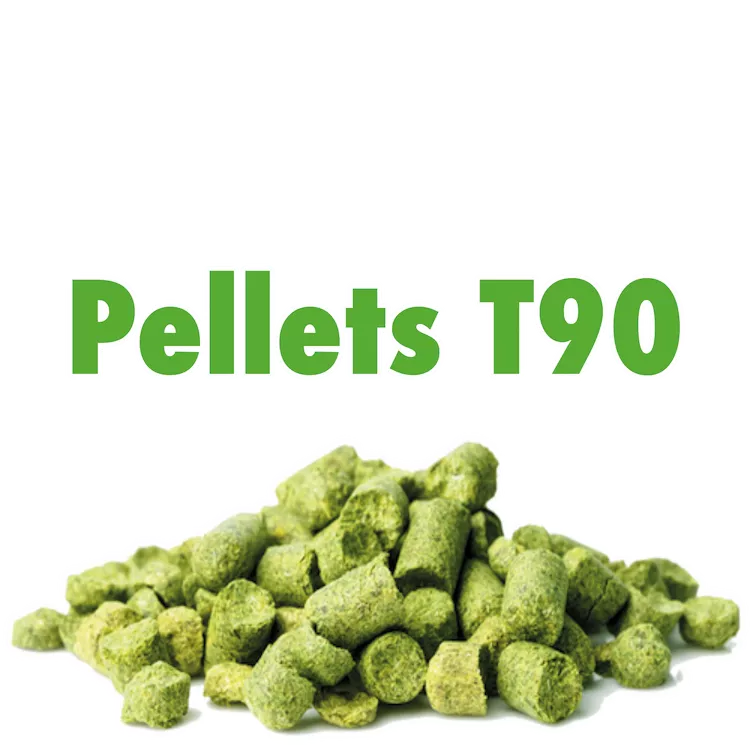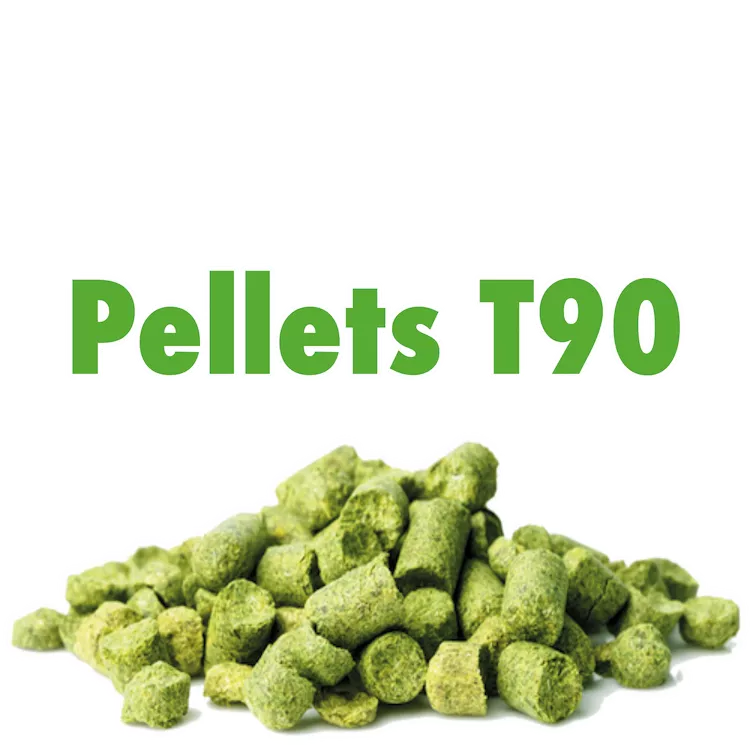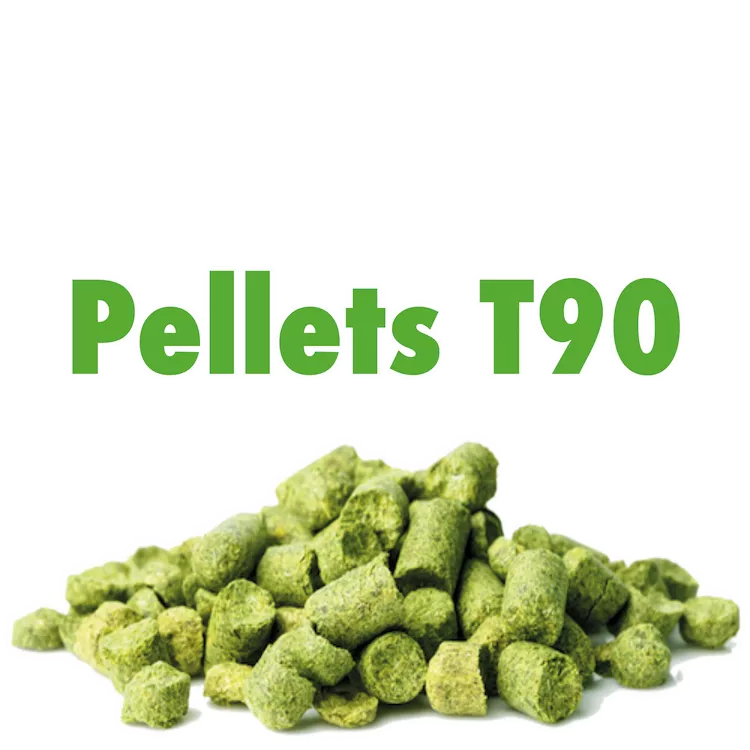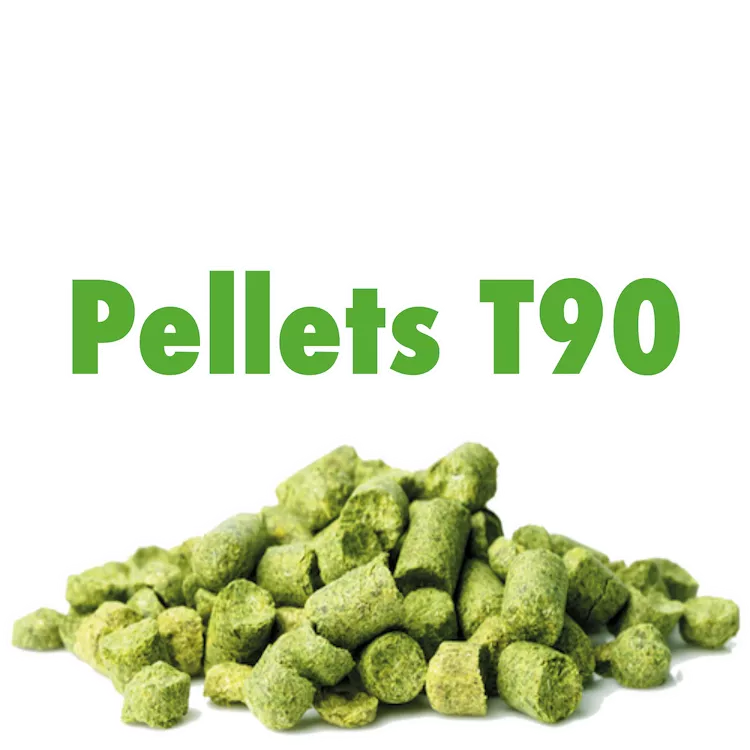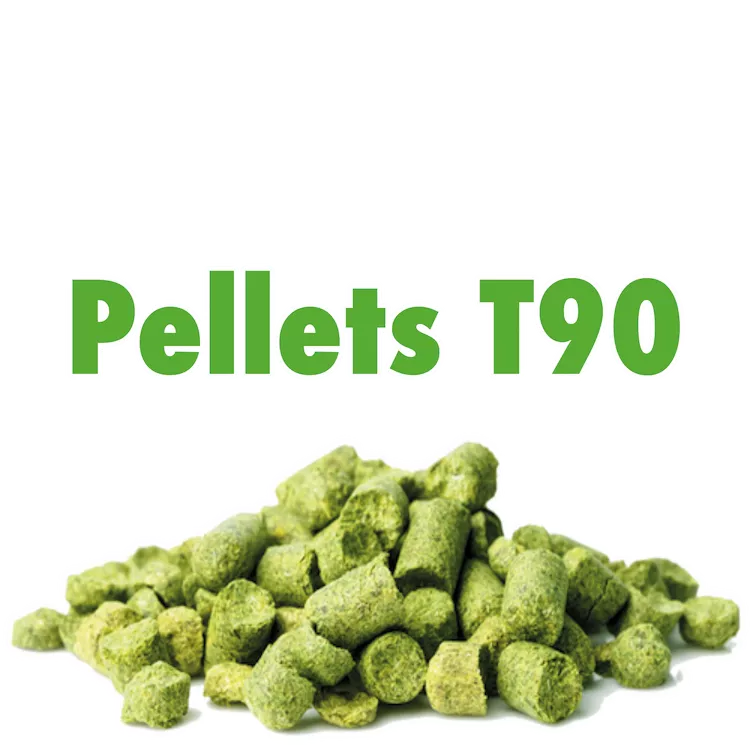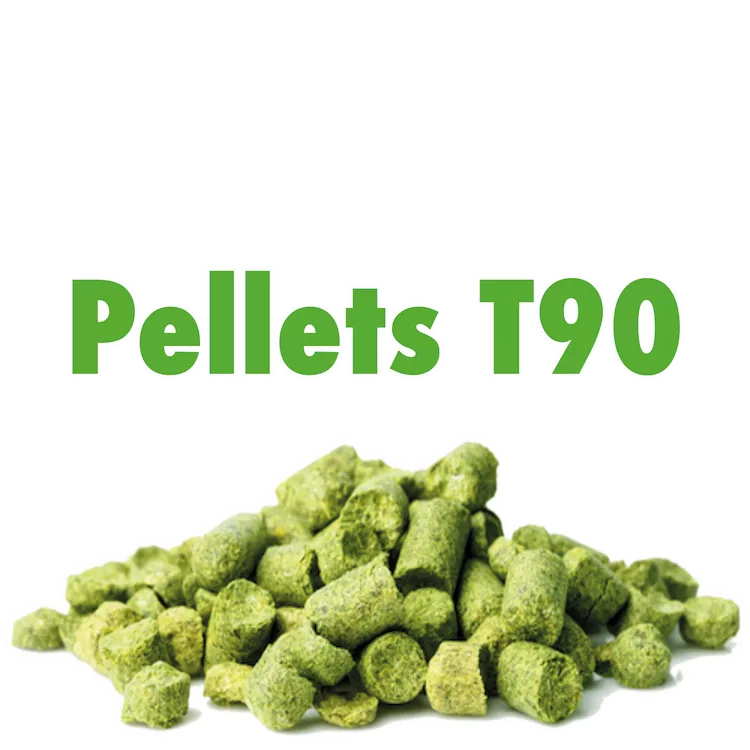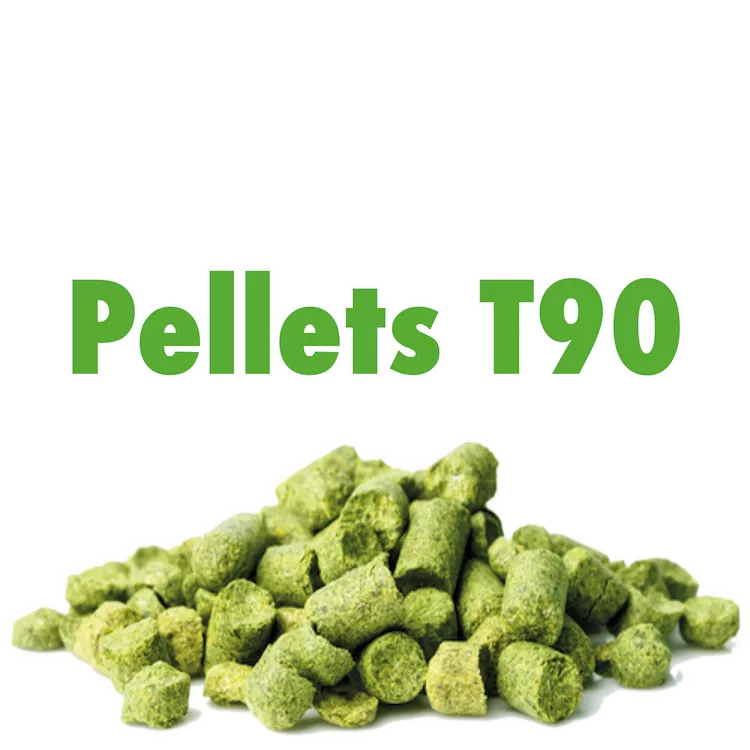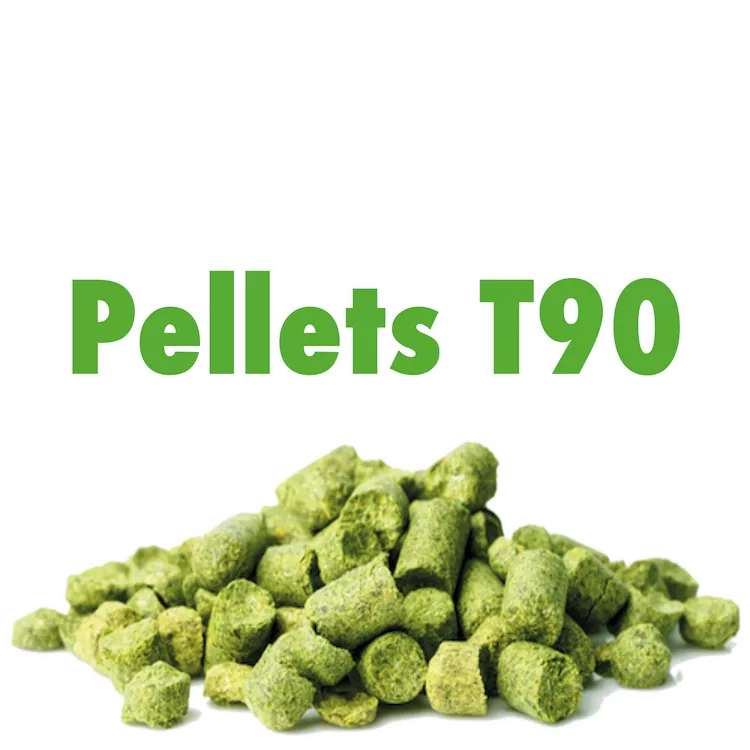Solely α-acids, β-acids, essential oils and other soft resin componets of hops were extracted from the raw hops using CO₂ (carbon dioxide). The determination of the α-acids are carried out with the analysis method EBC 7.7. HPLC. The processing costs are higher than those of the ethanol pure resin extract. An additional production step is required to extract the Xanthohumol from the spent hop cones which are used to extract the CO₂ pure resin. Generally CO₂ extracts are preferred abroad.
As well as the alpha acids, iso-α-acids, β-acids, chlorophyll and other pigments were extracted. Determination of the bitterness by means of the conductivity of bitterness measurement, analysis method EBC 7.6. + ½ EBC 7.8.HPLC. As more bitter substances are determined with the conductivity of bitterness measurement, the yield with ethanol pure resin extract is higher than the CO₂ pure resin extract. Relevant for large breweries is the fact that the ethanol pure resin extract requires a lower temperature (less energy required) than the CO₂ pure resin extract in order to be suitable for pumping. Xanthohumol, which is found in ethanol pure resin extract, possesses anticarcinogenic properties. There is no difference in taste to the CO₂ pure resin extract.

